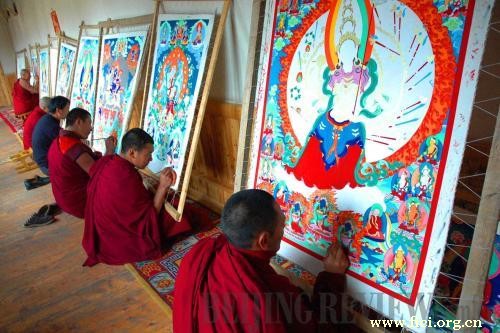- Cooperation Consultation
- Email: fici@fici.org.cn

China's contemporary culture and the protection of its diverse cultural heritage have become some of the most talked about issues today. Cultural prosperity was put forward as an important objective of the Central Government's national development strategy last year. However, the industrialization and commercialization of China's culture have been both criticized and celebrated. Many scholars believe industrialization and enormous government investment may not be the best means to protect intangible cultural heritage (ICH).
The Ninth Forum on International Cultural Industries was held by Peking University in Beijing between January 7 and 8. Over 400 guests, including scholars, experts, officials and entrepreneurs, discussed the state and future of cultural issues during the two-day meeting. The protection and revival of intangible cultural heritage were also a heated topic of discussion.
Saving endangered heritage
While it is a driving force of cultural diversity, living heritage is very fragile. But it has received international recognition in recent years. Protecting distinct traditions, art and craft forms has become one of the priorities of international cooperation thanks to UNESCO's leading role in the adoption of the Convention for the Safeguarding of Intangible Cultural Heritage.
China has a continuous civilization of over 5,000 years, and is therefore endowed with a rich cultural heritage. By the end of 2011, UNESCO had inscribed 29 Chinese ICH items on its Representative List of the Intangible Cultural Heritage of Humanity, and seven on the List of Intangible Cultural Heritage in Need of Urgent Safeguarding. China is home to more UNESCO certified ICH traditions than any other nation in the world.
Despite this recognition, many of China's folk traditions and cultural rites are on the verge of extinction due to lifestyle changes and technological advances. Still, the country has made enormous efforts to save this fast vanishing heritage.